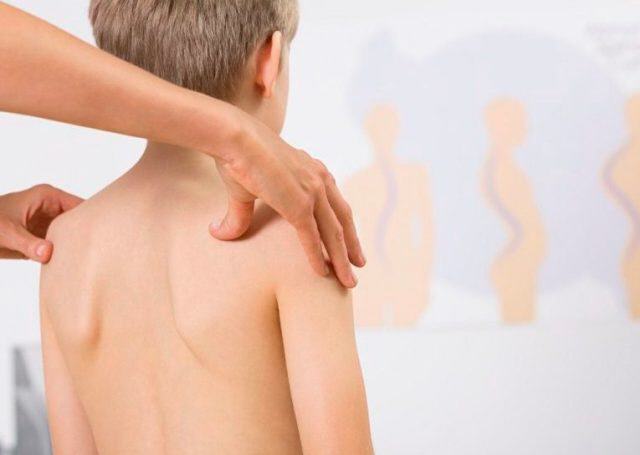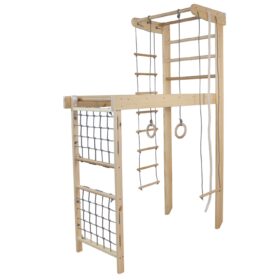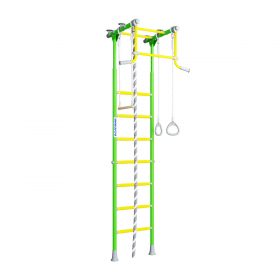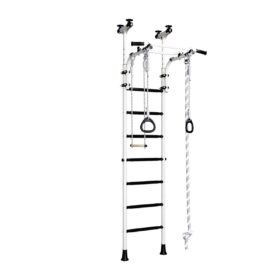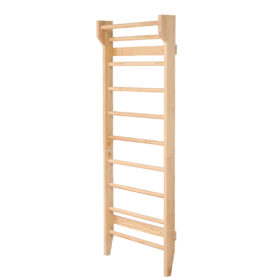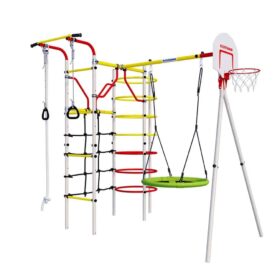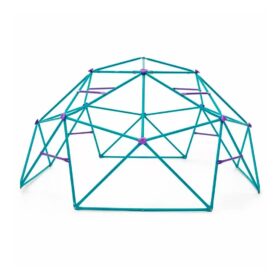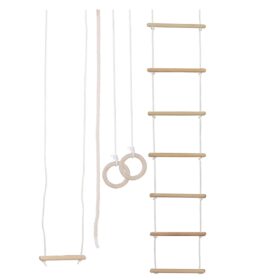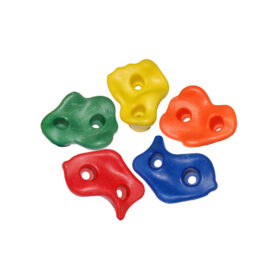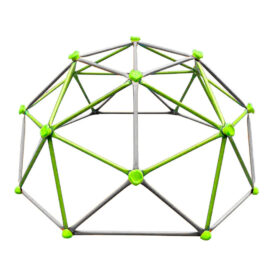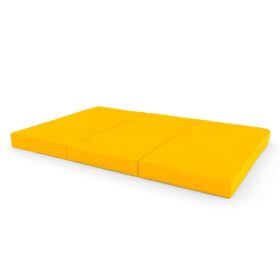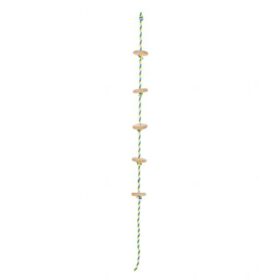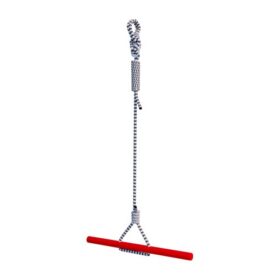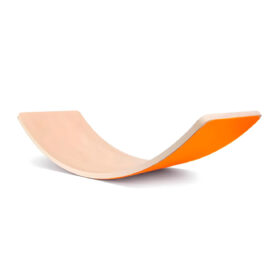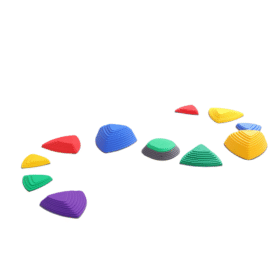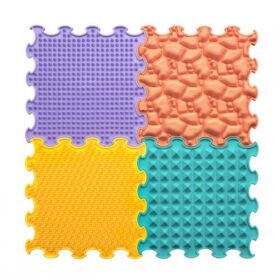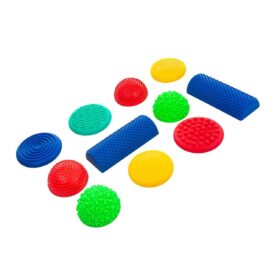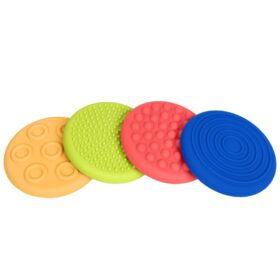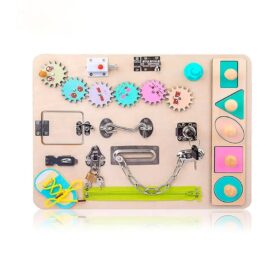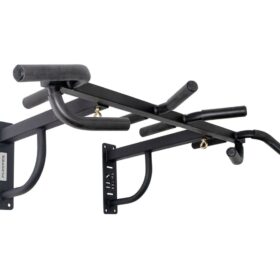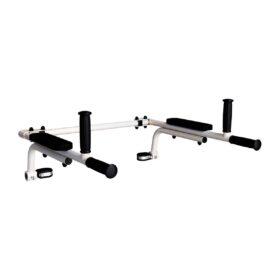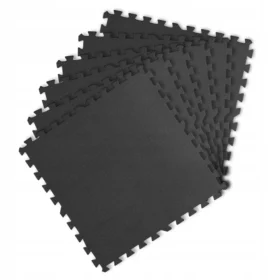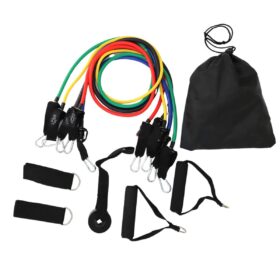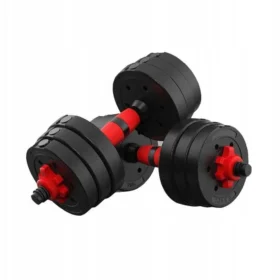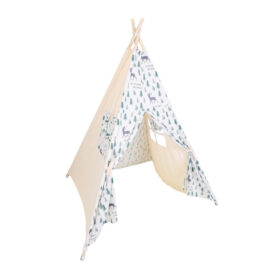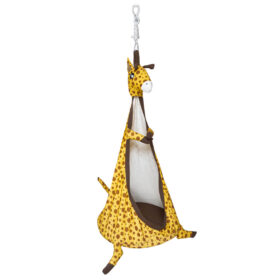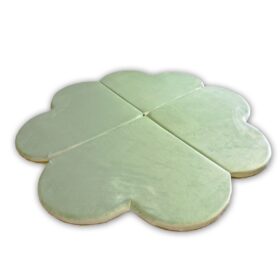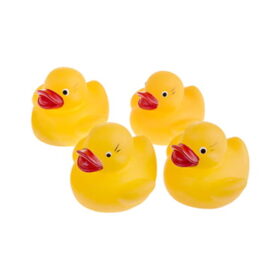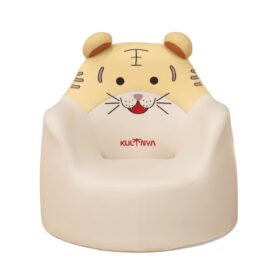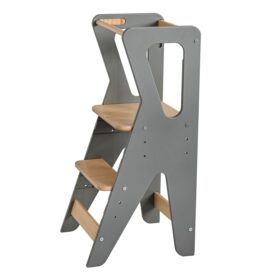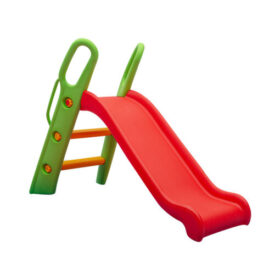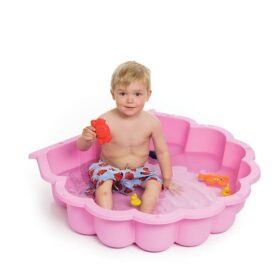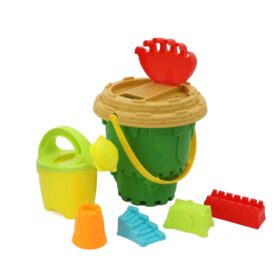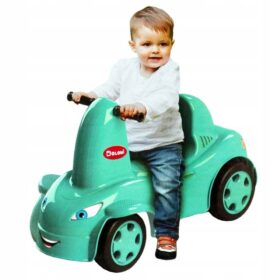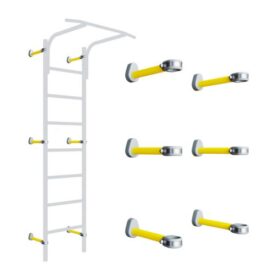Spinal Curvature and Back Pain
Spinal curvature often leads to discomfort and back pain. Over time, certain muscle groups may atrophy, and the load on the lower limbs may shift, potentially resulting in foot deformities. It is essential to halt the progression of scoliosis as early as possible because, without intervention, the deformity can worsen, and pain and functional limitations may become permanent.
What Is Scoliosis?
Scoliosis is a musculoskeletal disorder that causes lateral curvature of the spine along with spinal rotation. It may be congenital or develop over time. According to medical literature, adolescent idiopathic scoliosis (AIS) occurs with a frequency ranging from 0.47% to 5.2% among children and teenagers, as reported by the National Center for Biotechnology Information (NCBI).
A meta-analysis of 32 studies involving over 55.6 million children and adolescents showed an average prevalence of scoliosis at 3.1% (95% confidence interval: 1.5–5.2%) in this age group.
Causes of Scoliosis
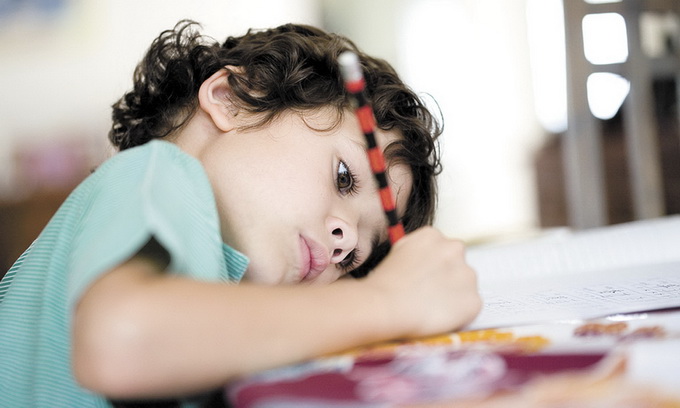
Primary contributing factors include:
- Congenital spinal deformities – a significant portion of AIS cases
- Injuries
- Connective tissue inflammation
- Metabolic disorders
Many cases of idiopathic scoliosis have no clearly defined cause, though experts believe it may result from a combination of genetic, biomechanical, and hormonal factors.
Stages and Symptoms of Scoliosis Progression
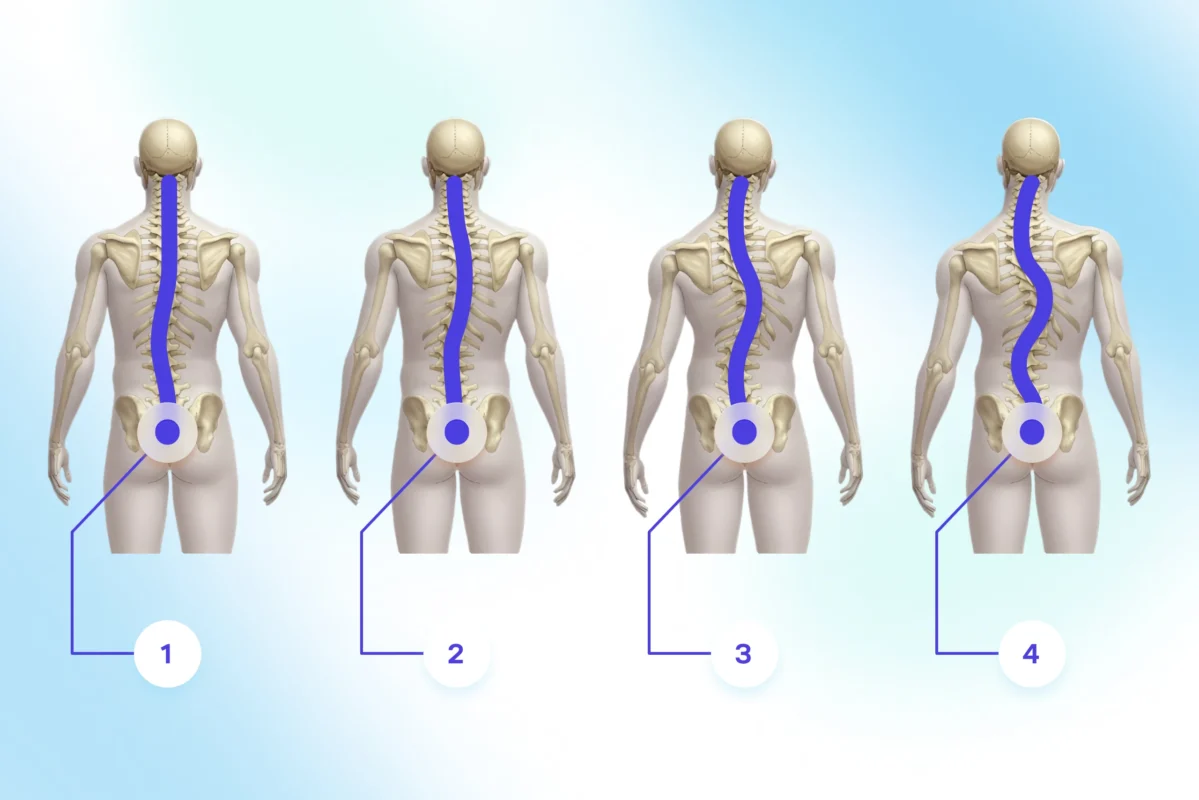
- Stage I – Slight hunching, uneven shoulders, minor curvature visible during a specialist assessment
- Stage II – Increased asymmetry of shoulders/wrists, tilted pelvis, visible chest deformation
- Stage III – Noticeable rib hump, spinal rotation, weakened abdominal muscles
- Stage IV – Severe skeletal deformation, potentially affecting breathing and internal organs in advanced cases
Back Massage for Scoliosis — Research-Based Effects
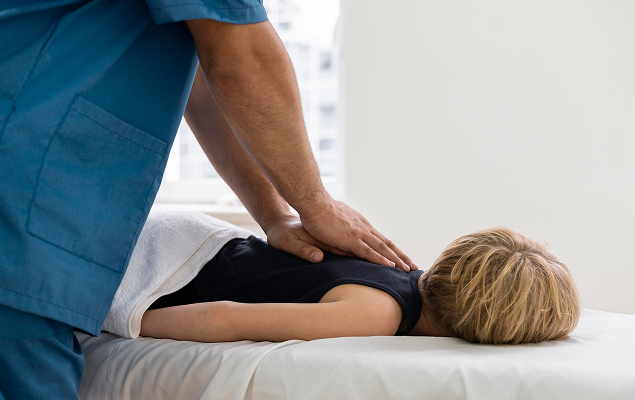
Back massage can bring noticeable relief from scoliosis-related pain by improving blood circulation, muscle elasticity, and reducing tension. Scientific studies have confirmed massage’s role in:
- Alleviating muscle tension and pain
- Improving spinal function and overall quality of life
- In some cases, reducing the Cobb angle (a key measure of spinal curvature)
For example, in the study “Effect of massage on adolescent idiopathic scoliosis and pain severity”, 116 adolescents received massage therapy. Compared to the control group, those receiving massage showed greater improvement, including lower Cobb angles and reduced pain.
Another systematic review focusing on scoliosis and back pain found that manual myofascial release combined with postural exercises helped reduce pain, enhance back flexibility, and improve functionality.
When Are Results Visible?
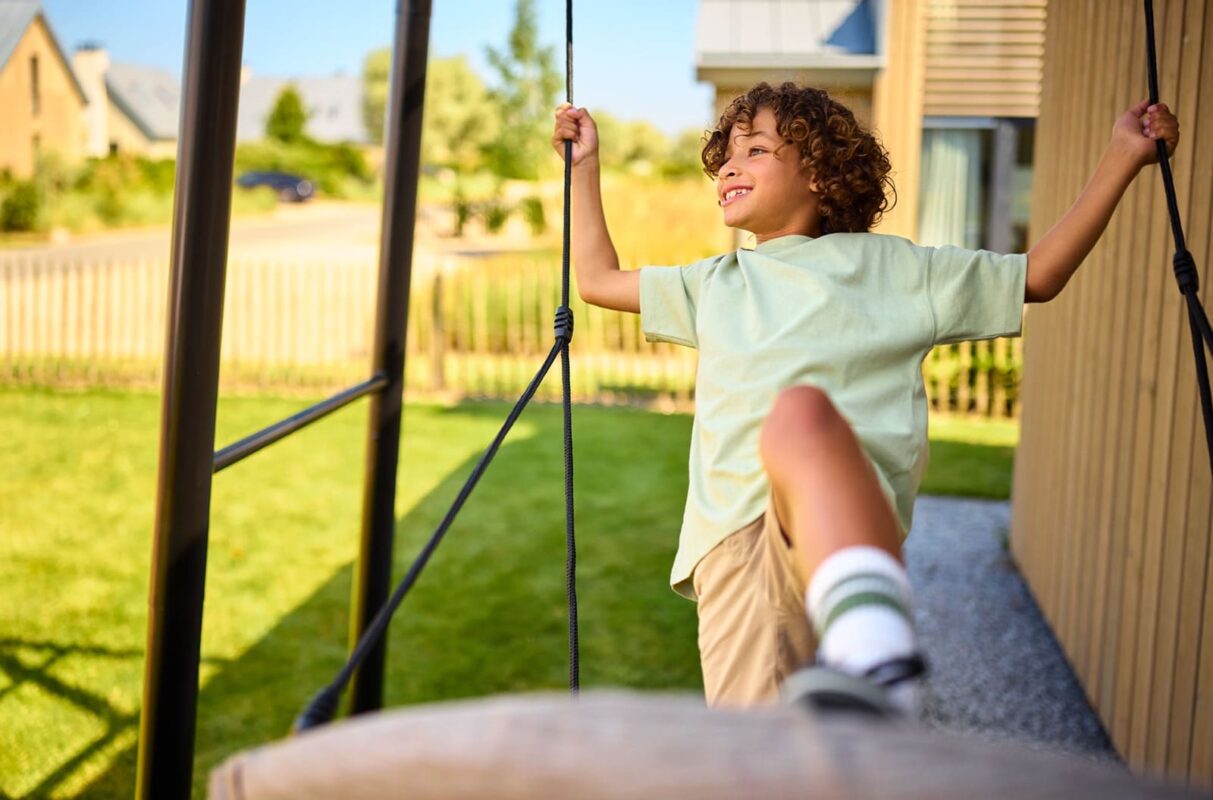
- For Stage I scoliosis, noticeable improvements may appear after 7–10 sessions — especially when massage is combined with corrective exercises.
- In more advanced stages, massage serves a supportive role within a comprehensive treatment plan, which may include physiotherapy, chiropractic care, or even surgical intervention in severe cases.
Scoliosis Prevention
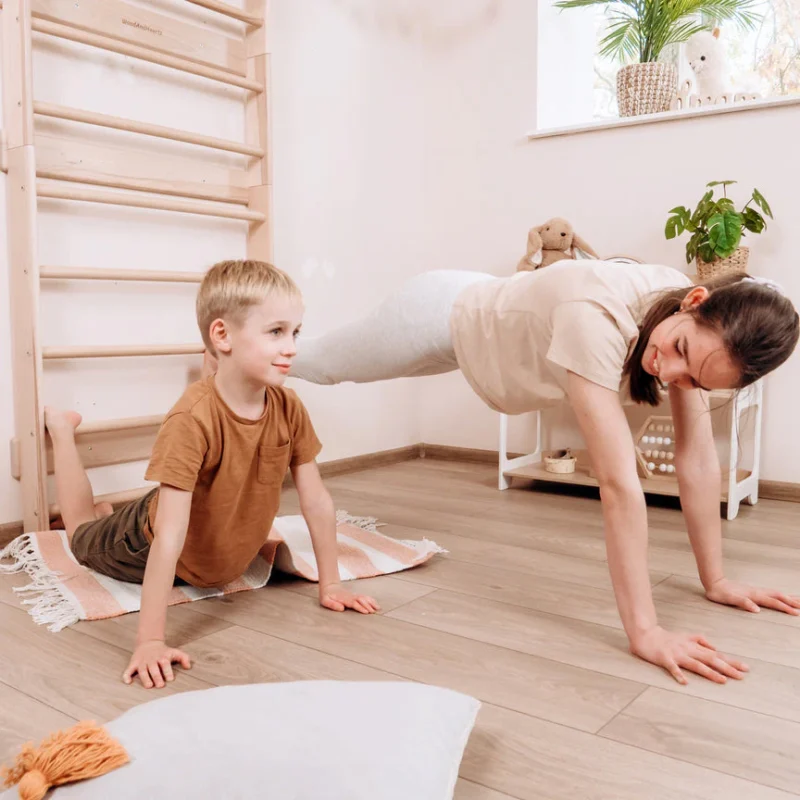
- Maintain proper posture while sitting and walking
- Engage in regular physical activity — especially swimming, postural exercises, and corrective gymnastics
- Avoid carrying heavy backpacks on one shoulder
- Choose ergonomic furniture suited to your child’s height
- Follow a bone-healthy diet rich in calcium, phosphorus, and vitamin D
Supportive Tools for Therapy

As a complement to massage and exercise therapy, consider:
✅ Sensory mats — stimulate foot receptors, enhance balance, activate postural muscles, and may help correct or prevent spinal misalignment;
✅ Wall bars — allow for daily stretching and strengthening exercises that improve back muscles and posture.

